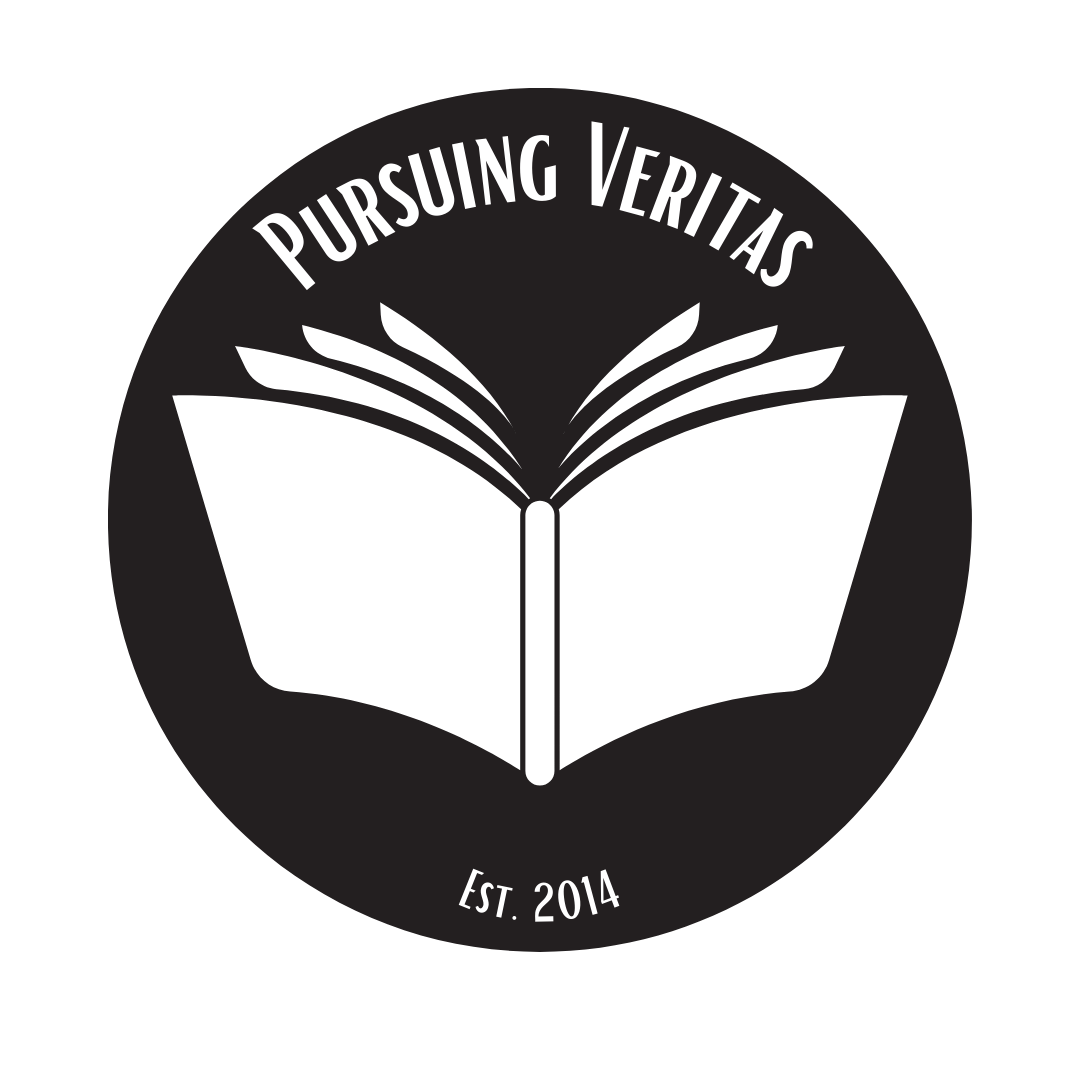 In “What is Axial about the Axial Age?” Robert Bellah argues that the central development of the Axial Age involved the transition from mythic culture to theoretical culture with second-order thinking and ideas concerning transcendence (78). Perhaps the most critical point from this article concerns the ongoing connection between theoretical culture and mythic culture. Throughout the “Axial Age” Bellah argues for a shift from thinking in terms of myth and narrative to analysis steeped in reflexivity and logic, a shift from primarily oral narrative to the use of external memory and graphic invention (79). However, this theoretical turn did not dispense with narrative and mythic culture entirely; indeed, analytic and theoretical thinking were added to the existing narrative worldviews and modified them. Thus, while second-order thinking during the Axial Age gave rise to considerations of the transcendent, these conceptions were ultimately born out a worldview that contained mythic narrative as well as analytical insights. It is within this context of the “radicalization of mythospeculation” that transcendental breakthroughs occurred, not merely with the insights of the theoretical (81). Recognizing the centrality of this point remains key for the study of conceptions of the Ultimate both because it touches upon the cumulative effects of ideas of the transcendent as well as because it notes the centrality of narrative within axial worldviews.
In “What is Axial about the Axial Age?” Robert Bellah argues that the central development of the Axial Age involved the transition from mythic culture to theoretical culture with second-order thinking and ideas concerning transcendence (78). Perhaps the most critical point from this article concerns the ongoing connection between theoretical culture and mythic culture. Throughout the “Axial Age” Bellah argues for a shift from thinking in terms of myth and narrative to analysis steeped in reflexivity and logic, a shift from primarily oral narrative to the use of external memory and graphic invention (79). However, this theoretical turn did not dispense with narrative and mythic culture entirely; indeed, analytic and theoretical thinking were added to the existing narrative worldviews and modified them. Thus, while second-order thinking during the Axial Age gave rise to considerations of the transcendent, these conceptions were ultimately born out a worldview that contained mythic narrative as well as analytical insights. It is within this context of the “radicalization of mythospeculation” that transcendental breakthroughs occurred, not merely with the insights of the theoretical (81). Recognizing the centrality of this point remains key for the study of conceptions of the Ultimate both because it touches upon the cumulative effects of ideas of the transcendent as well as because it notes the centrality of narrative within axial worldviews.
The cumulative nature of the axial cultures, which built upon and maintained aspects of the mythic and mimetic cultures before them, must be taken into account when considering the insights of the Axial Age and their subsequent developments. For example, when studying Israelite religion, the central force of the Prophets must not be overlooked. However, this axial expression should be studied and understood within the context of earlier, mythic forms of Israelite narrative, for example the creation stories, exodus from Egypt, and settling of the Promised Land. These narratives, while distinct from the prophetic insights of the axial age, are nonetheless incorporated into the prophetic message and remain central to understanding the theoretical and analytical turns of axial Israel. Similarly, consideration of the function of narrative within axial worldviews is also important. Bellah describes the key elements of theoretical culture as “graphic invention, external memory, and theory construction” (78). These elements, while each stimulating the theoretical turn, also seem to have served another function, namely, the continued propagation of narrative within these cultures. Of course “narrative”, as Bellah uses it, constitutes more than literature, instead signifying the way in which human beings understand their lives (86). Since this function of narrative has long circulated through myths that make sense of the world, truly narrative culture did not die out upon the arrival of theoretical considerations. Thus even during the developments of the axial age, the narratives born out of mythic culture played (and plays) an important role in shaping the worldviews of those engaged with the theoretical and analytical.

Given the continuing centrality of mythical culture and narratives born from that culture for axial worldviews, a important consideration would seem to involve how reliant axial ideals of theory and transcendence are upon mythic narratives, and how we may best understand and conceptualize those narratives in light of their later theoretical developments. Considering these conceptions in the light of their fuller context, as well as understanding their function within the broad scheme of historical inquiry and development seem critical, not only to understanding conceptions of the Ultimate, but also in seeking to understanding each religious tradition on its own terms. Understanding the relation of “myth” and “fact” and the way in which those to categories may be mixed together in axial worldviews also appears to be of the utmost importance in the quest to better understand the Axial Age and conceptions of the Ultimate.

Leave a comment